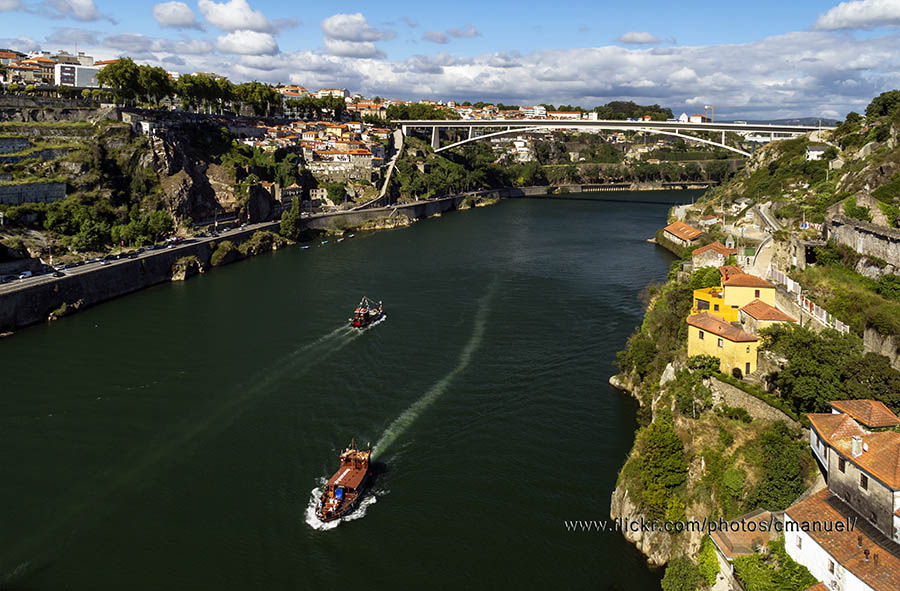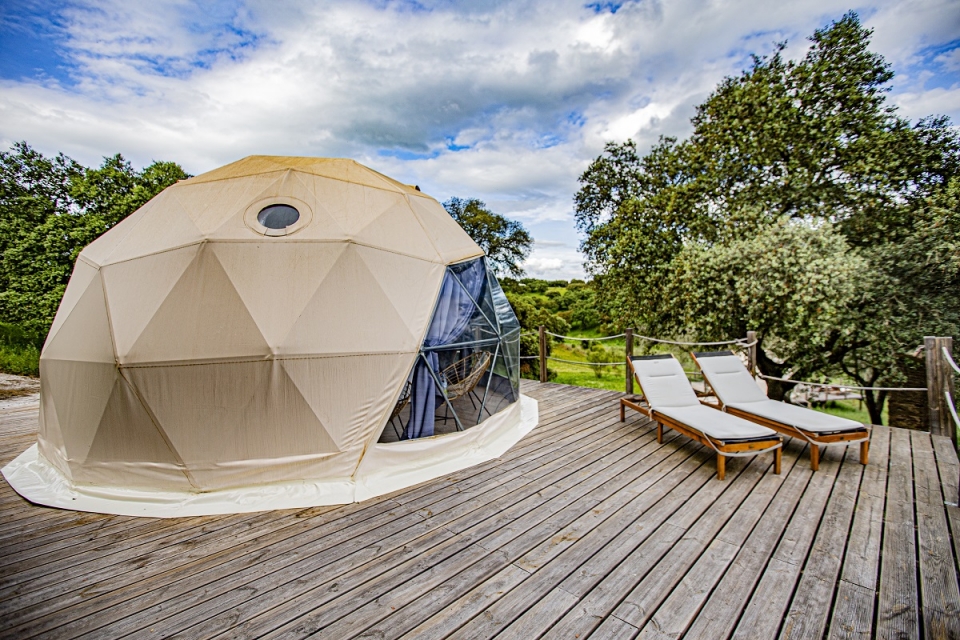Copyright © 2023 by EKKO TECHNOLOGIES INC. LIMITED
North
The Northern Region of Portugal, often referred to simply as Northern Portugal, is one of the country's main administrative subdivisions. It is one of the five regions of Portugal and is made up of 18 districts: Aveiro, Braga, Bragança, Porto, Viana do Castelo, Vila Real, and Viseu (which partially belong to the region). The North Region is known for its rich history, diverse culture, stunning landscapes and vibrant cities.
Some of the most important and well-known cities in the North Region include:
1. Porto: The second largest city in Portugal, famous for its Port wineries, historic architecture, D. Luís I bridge and charming riverside historic center.
2. Braga: A city with a strong religious presence, known for its religious heritage, such as the Bom Jesus do Monte Sanctuary, and its cultural events.
3. Vila Nova de Gaia: Located on the other side of the Douro River, it is known for its Port wine cellars and panoramic views of Porto.
4. Guimarães: Often considered the birthplace of Portugal, Guimarães has a well-preserved historic center and is an important location in the country's history.
5. Viana do Castelo: Known for its traditional festivals, crafts and the beauty of its coast.
6. Vila Real: It stands out for its beautiful mountain landscapes and the Mateus Palace.
7. Bragança: Located in the northeast, it is famous for its well-preserved medieval castle.
8. Aveiro: Known as the "Venice of Portugal", due to its canals and colorful boats, it is a charming coastal city.
The North Region is also characterized by its natural landscapes, ranging from the mountains of the Trás-os-Montes region to the beaches of the Atlantic coast. The cuisine of Northern Portugal is rich and varied, with traditional dishes such as francesinha (a sandwich with several layers of meat and melted cheese) and arroz de cabidela (made with chicken blood).
Furthermore, the region plays a significant role in Portugal's industry and economy, with several cities playing an important role in sectors such as technology, tourism, agriculture and manufacturing.
Area: 21,278 km²
Population: 3.573 million (2019) Eurostat
Climate: Mediterranean (Csa and Csb)
Density: 169.6 inhabitants/km²




